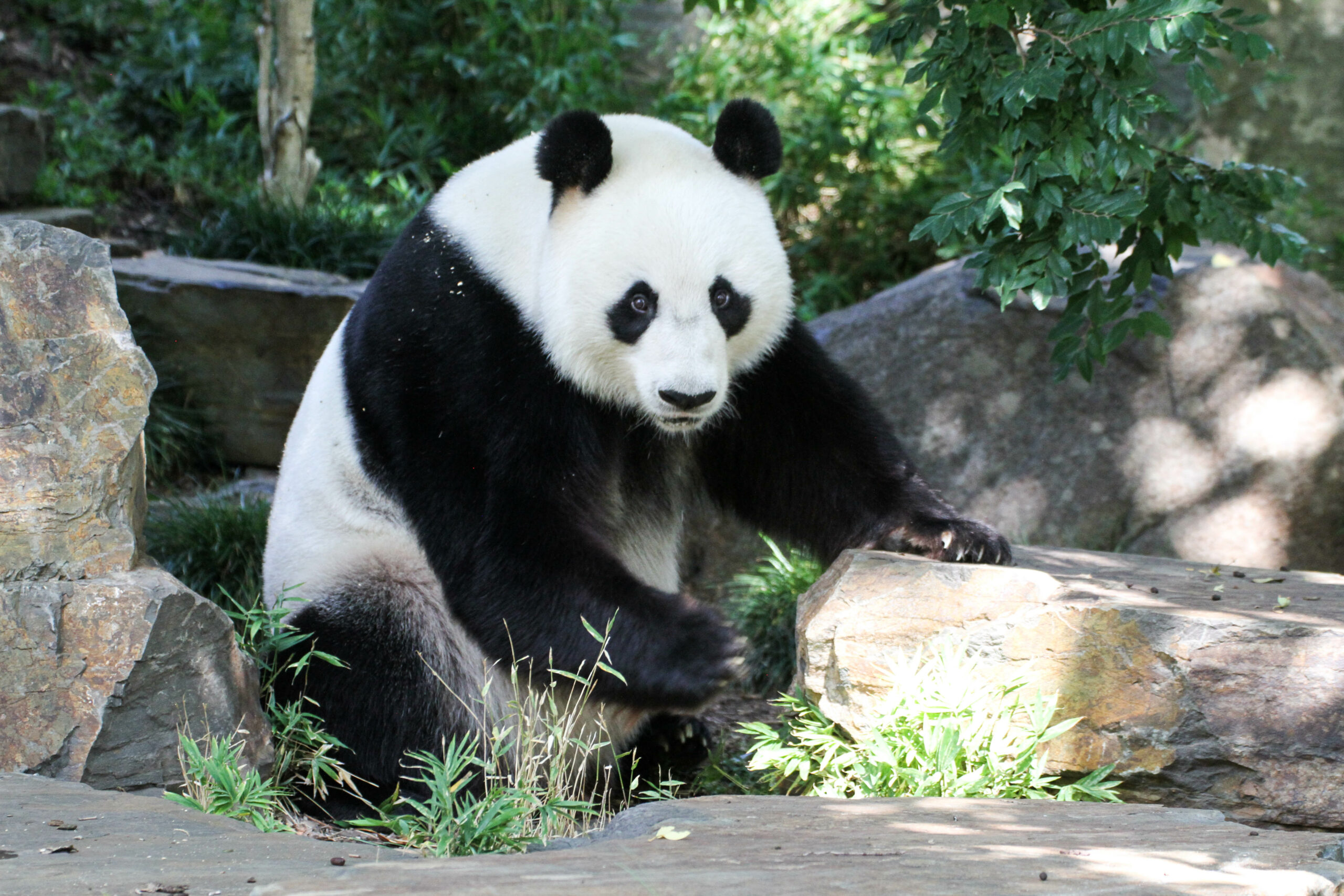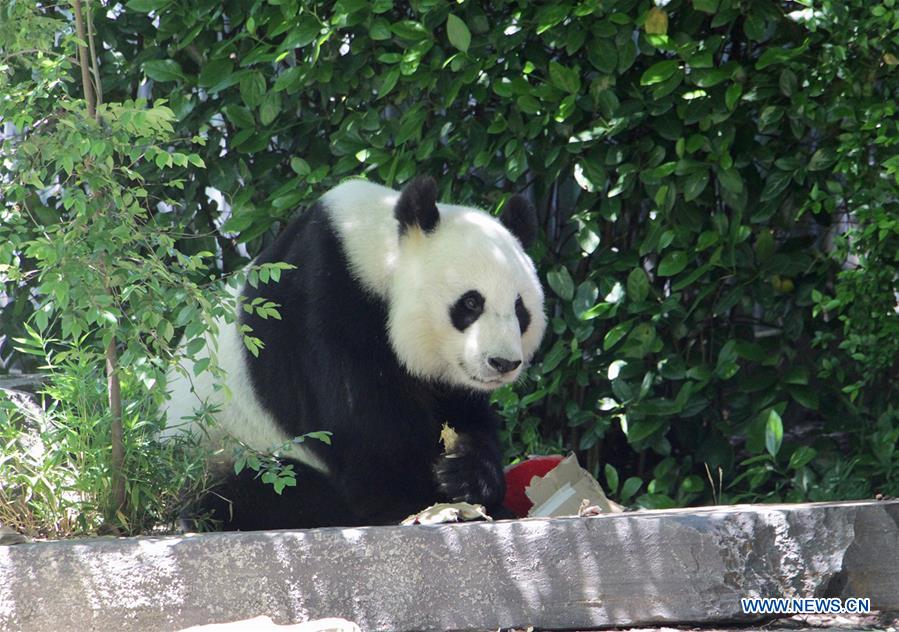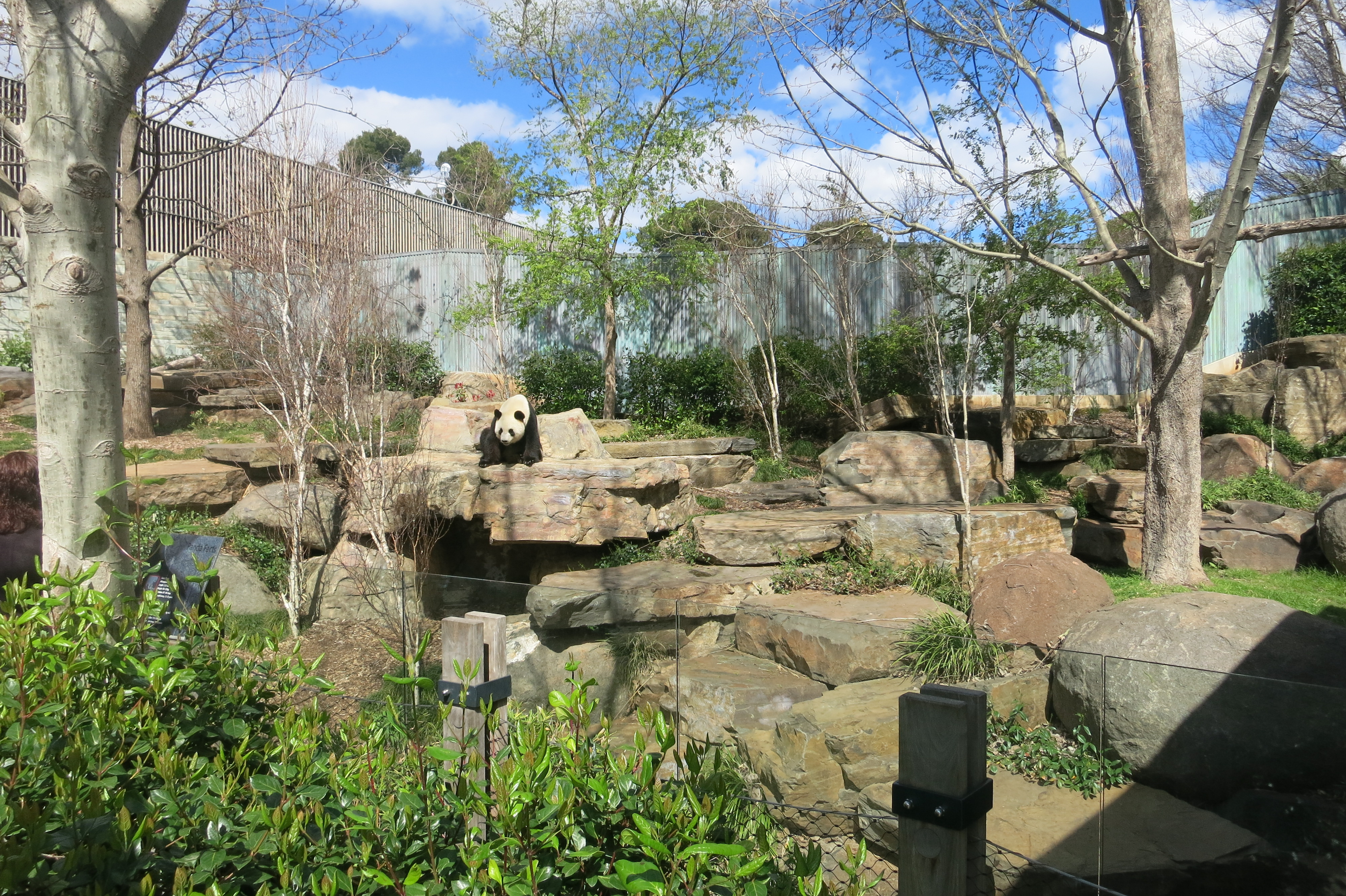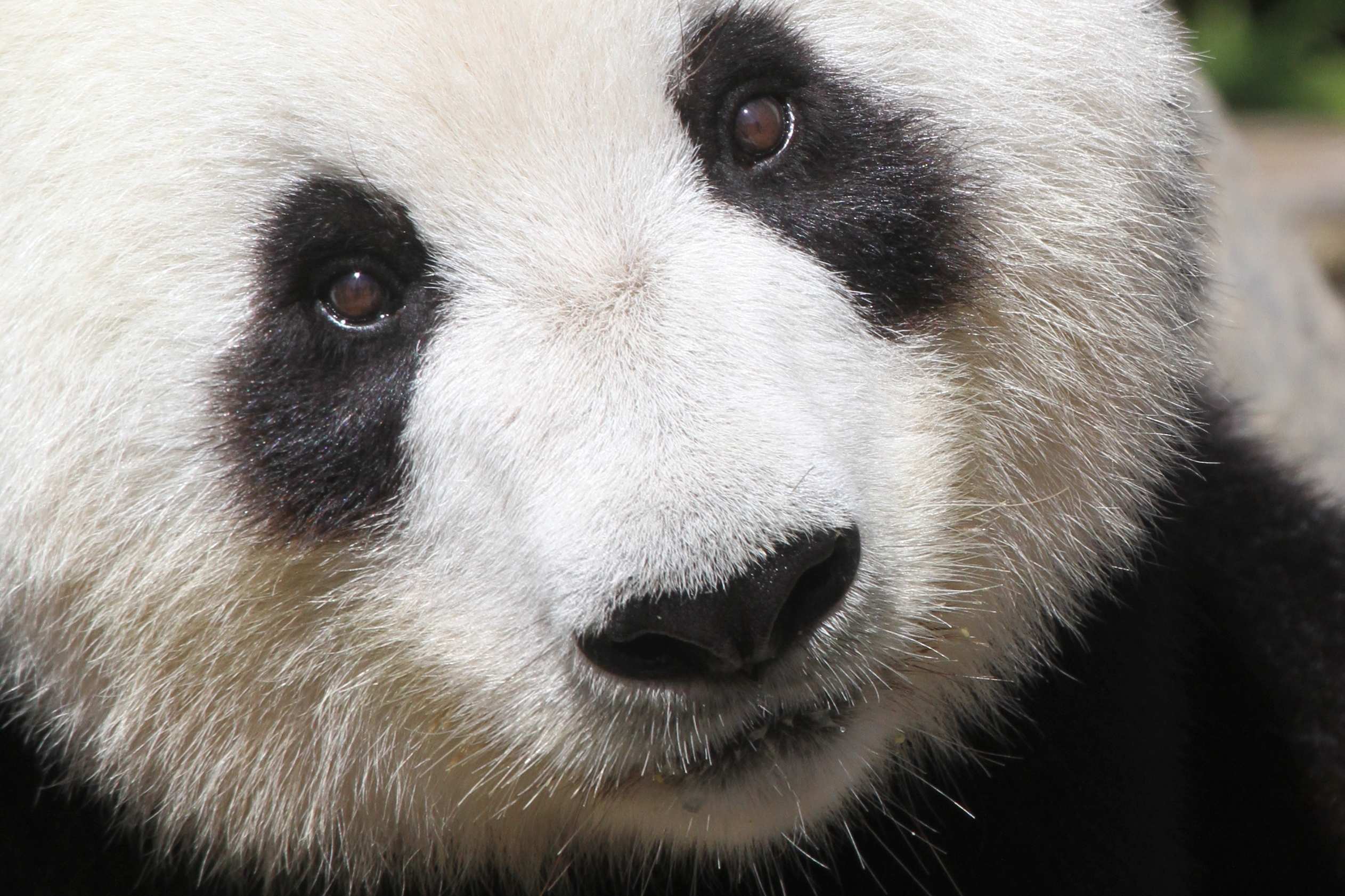Fu Ni will not give birth in 2016
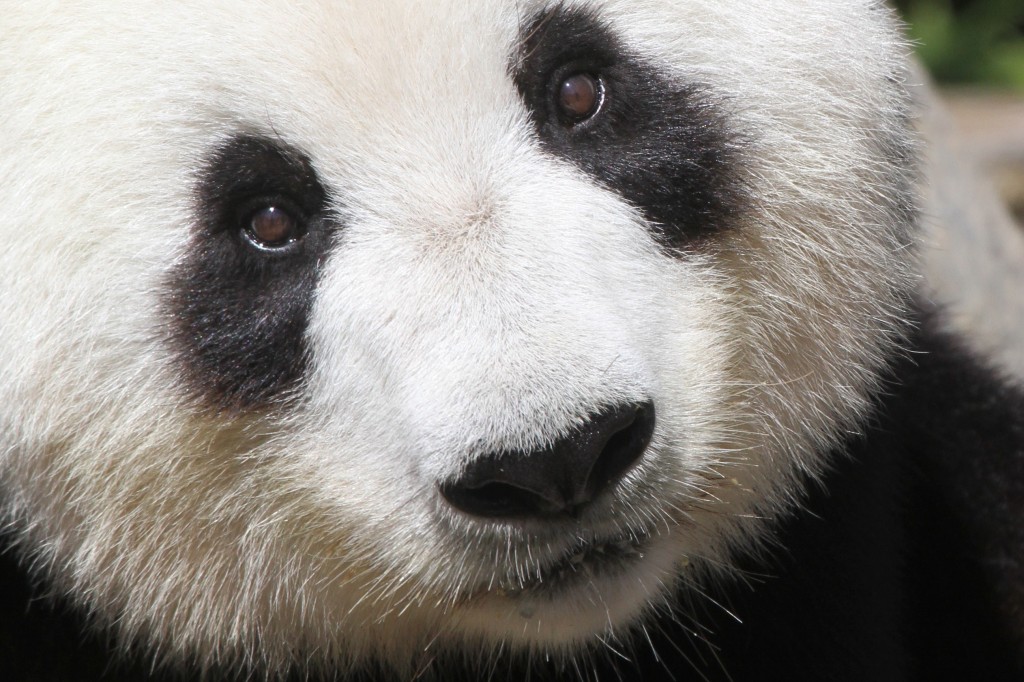
Elaine Bensted, CE at Zoos South Australia wrote this statement about the past giant panda breeding season at Adelaide Zoo:
Based on scientific evidence and behavioural observations, the window has now passed during which time Adelaide Zoo’s Giant Panda Fu Ni would be expected to have given birth.
This means that Fu Ni could have at one time been pregnant and reabsorbed the foetus, a phenomenon scientists still don’t fully understand the cause of, or reached the end of a phantom pregnancy.
The challenges faced by the panda care team since the September breeding season is that there are no definitive tests to confirm pregnancy in Giant Pandas as hormonal changes and other typical early-pregnancy symptoms are also exhibited during phantom pregnancy.
The only definitive way to confirm pregnancy in pandas is through an ultrasound examination where a foetus can been seen in the last few weeks of a pregnancy; this was not possible due to her unwillingness to participate in ultrasound examinations in recent weeks.
Although Fu Ni did not give birth this year, the activities that have occurred since the breeding season began will put the Zoo in good stead for future breeding seasons and we have every hope that Fu Ni will go on to become a mother in the future.
In another positive development, as part of the artificial insemination process, it was confirmed that Wang Wang’s semen quality has improved significantly compared to previous years to the stage that we are confident that he is fertile. This provides the team with confidence for coming breeding seasons.
Planning for a potential birth is the furthest we’ve come to reaching our ultimate goal of celebrating the birth of our own panda cub, and the knowledge and experience gained over recent months will put us in an excellent position to experience success in the future.
Adelaide Zoo is committed long-term to Giant Panda conservation, and we look forward to continuing our work with our research partners and colleagues in China.






